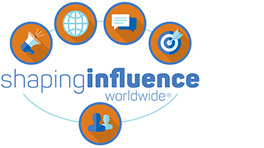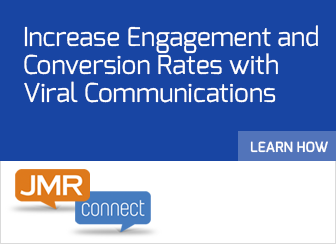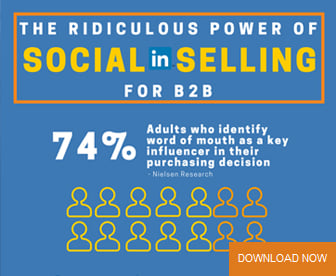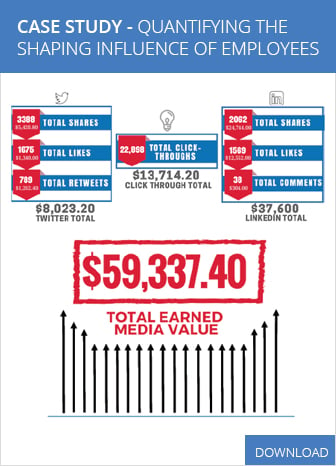For e-commerce CMOs, Great Traffic Management is Essential
These days, chief marketing officers need to watch their website conversion rates like a hawk. It’s a critical metric that means the difference between sales and abandoned carts. Whether your conversion goal is an online purchase or a qualified lead, every conversion brings you closer to meeting your business goals.
As a CMO, you know that typical conversion rate percentages are in the low single digits, so anything that increases the conversion rate by even fractions of a percent can have a significant revenue impact. There is both art and science to maximizing website conversions. Much involves empirical observation – AB testing messages, layouts, color schemes and so on. Above all, though, it is well understood that website performance impacts conversion rates. Websites that make their visitors wait deliver fewer conversions.
Research shows repeatedly that users respond best to page load times of two seconds or less. The table below shows the results of several studies that tracked the impact of performance on conversions.
The conservative consensus estimate is that conversions are increased 2 percent for every second decrease in page load time, down to a page load time of two seconds.
So, can making changes in your DNS boost conversions? Yes, and here is how: DNS directs users to your website. If your Web content is hosted in multiple locations, DNS must choose one of those locations for every user visiting your website. Most DNS services use very little intelligence in making that choice. At best, they direct the user to the point of presence that is geographically closest. This static approach works most of the time but conditions on the Internet and in the data center points of presence themselves are very dynamic.
The result is that conditions frequently arise in which the geographically closest point of presence is not the one that performs best for the user.
Many events can trigger these conditions, such as:
- Unplanned, local demand spikes
- Congestion in Internet links
- Equipment outages within the Internet infrastructure
- Server or other equipment outages in the data center
When these things happen, your visitors are more likely to abandon your site, some never to return. It does not have to be that way.
Intelligent DNS is designed to account for these dynamic conditions. It uses real-time data from the Internet and from your points of presence to determine the optimal routing for incoming users. As a result, users are directed to the best performing site, not simply the closest one.
Modeling the business impact of using intelligent DNS routing vs. traditional DNS is relatively straightforward:
- Monthly Revenue Impact = MC x SC x Q x T x 2 percent
- MC = Current number of Conversions/Month
- SC = Value of a Single Conversion
- Q = Percent of Queries Improved by Intelligent DNS
- T = Average Performance Improvement in Seconds
- 2 percent = empirical estimate of rate of conversion increase per second of performance improvement
The chart below shows the potential impact. It represents an e-commerce business that currently achieves five million conversions per month with an average value of $10/conversion. In this example, we model the impact of delivering from 1 percent to 10 percent better responses that result in an average page load time reduction from one to eight seconds. At the low end (1 percent of queries improved by one second), the monthly return is an additional $10K ($120K annually). At the high end (10 percent of queries improved by eight seconds) the monthly return is $800K.
The data reveals that even a modest improvement in delivering better performing answers delivers significant added revenue. If your page load times could be better and you’d like to see an increase in related conversions, consider your options for driving better performance and better business results. Then consider how intelligent DNS can help you get more value out of your online infrastructure.
About the Author
 Jonathan Lewis brings to NS1 over 25 years of experience in the IT industry in a career comprising product management, product marketing, customer service and systems engineering roles. Prior to NS1, Lewis led teams at Nortel that brought numerous network and security products to market including IPsec gateways, SSL VPNs and end point security. He played key product marketing roles, contributing to the success of mid-size and start-up companies, including Arbor Networks and SSH Communications Security. He holds B.S. and M.S. degrees from McGill University, an M.B.A. from Bentley College and a CISSP certification.
Jonathan Lewis brings to NS1 over 25 years of experience in the IT industry in a career comprising product management, product marketing, customer service and systems engineering roles. Prior to NS1, Lewis led teams at Nortel that brought numerous network and security products to market including IPsec gateways, SSL VPNs and end point security. He played key product marketing roles, contributing to the success of mid-size and start-up companies, including Arbor Networks and SSH Communications Security. He holds B.S. and M.S. degrees from McGill University, an M.B.A. from Bentley College and a CISSP certification.













